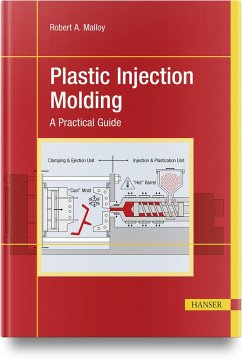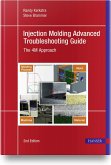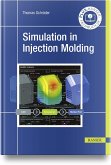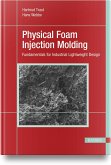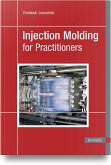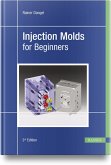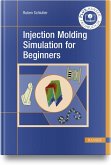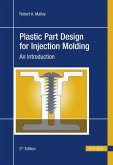This is a practical guide to injection molding based on sound engineering fundamentals. It is an ideal course book for mechanical engineers with limited plastic material and injection molding experience, but is also well applicable to self-study or reference. It starts with an overview of plastic material fundamentals. Each section includes material considerations associated with the injection molding process. For example, the molecular weight section shows that use of lower molecular weight plastics are commonly used for the injection molding to minimize orientation, reduce fill time, improve knit line strength. Then, the basics of the injection molding machine, tooling, auxiliary equipment and molding process are introduced. The machine components and component selection for a given application are next considered in more detail.The process/procedure for establishing optimum process conditions for a "new" mold and material (not run previously by the reader) are next described. Finally, a range of other more specialized injection molding processes that are still of practical importance are covered.From a leading author and educator in the area of injection molding, this book gives engineers and process technicians the knowledge and confidence they need to produce high-quality parts reliably and efficiently.Contents:Chapter 1: Material Considerations for the Injection Molding ProcessChapter 2: "Overview" of the Injection Molding ProcessChapter 3: Injection Molding Machine ComponentsChapter 4: Establishing Injection Molding Process ConditionsChapter 5: "Other" Injection Molding Processes (notes)
Bitte wählen Sie Ihr Anliegen aus.
Rechnungen
Retourenschein anfordern
Bestellstatus
Storno

